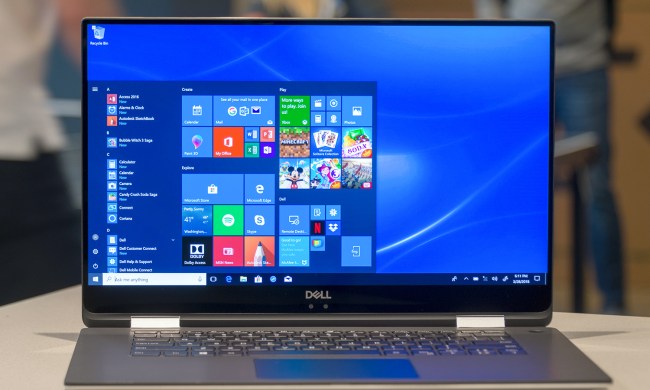
During his keynote at this year’s WinHEC conference in Los Angeles, Microsoft Chairman Bill Gates announced that Gateway, LaCie, and Medion will be joining Hewlett-Packard as OEMs offering systems based on Microsoft’s forthcoming Windows Home Server. Microsoft announced Windows Home Server back in January, and the software marks the company’s first foray into a server operating system specifically designed to the home and as a reinforcement for today’s digital lifestyles.
“Digital devices and digital media are now an essential part of so many aspects of our lives, and their importance continues to grow,” said Gates. “With Windows Home Server, we’re launching a new category of consumer products that will make it much easier for people to connect to their digital content and share experiences with friends and family no matter where they are.”
The idea behind Windows Home Server is to not only offer a central in-home location for all household users’ digital media—including videos, movies, photos, music, and documents—but also act as a backup solution and always-on diagnostic platform, enabling users to “rewind” troublesome PCs to a previous point in time where the system was known to be working properly.
Hewlett-Packard announced the first Windows Home Server product at CES back in January in the form of its MediaSmart server with four hard drive bays, lots of USB ports, and gigabit Ethernet—it was scheduled to ship sometime in 2007. Now, OEMs Gateway, LaCie, and Medion plan to get on the Windows Home Server bandwagon, offering their own systems. Medion is demonstrating its solution at WinHEC and says it will ship by the end of 2007, offering up to 2 terabytes of storage and DLNA plug-and-play media streaming capabilities.
Microsoft has also announced a number of applications in development for Windows Home Server, ranging from applications designed to offer security and antivirus services, as well as home automation, security, and media sharing features. In order to encourage “cool” add-ons for Windows Home Server, Microsoft also announced its Code2Fame Challenge which will offer cash prizes to developers who come up with the best Windows Home Server add-on products: top prize is $10,000.
What Microsoft’s announcement doesn’t offer is a consumer software version of Windows Home Server which customers would purchase for themselves and, perhaps, install on an older, secondary PC tricked out with additional storage. For the time being, Microsoft is continuing to position Windows Home Server as a software product which is only available on designated systems from independent manufacturers—it’s just, now, that list of manufacturers contains four names rather than just one.


